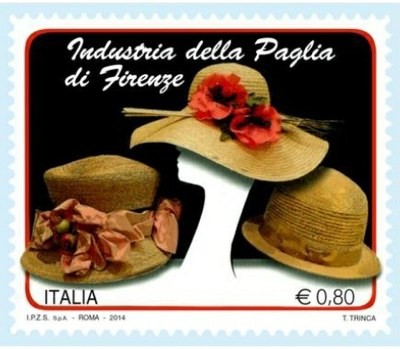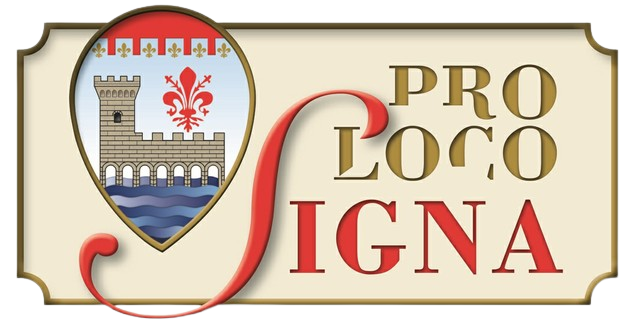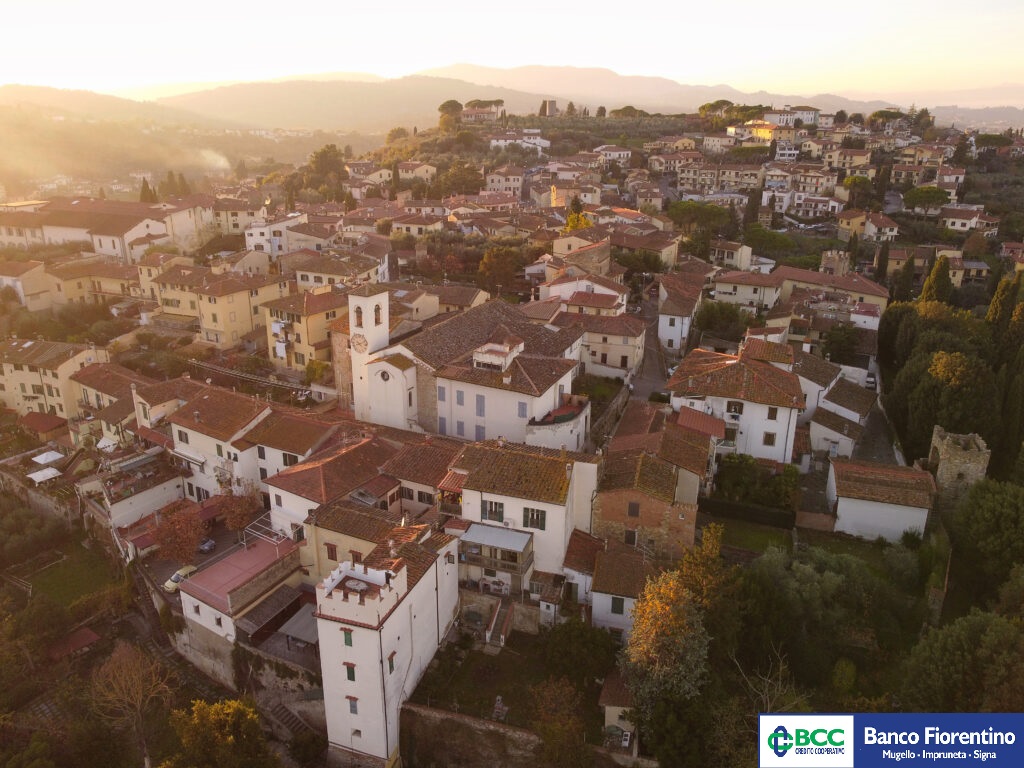
I COPRICAPI INTRECCIATI RESERO SIGNA (FI) LA CAPITALE DI UNO DEI PRIMI DISTRETTI MANIFATTURIERI D’ALTA GAMMA FIN DAL SETTECENTO. OGGI LE AZIENDE SUPERSTITI SI SONO RIUNITE IN UN CONSORZIO CHE NE TUTELA STORIA E PRODOTTI. ELEVANDO I LORO CAPPELLI A OGGETTI DI LUSSO.
Hanno un che di metafisico le “rotoballe” di paglia che interrompono ritmicamente le uniformi distese dei campi di grano in queste settimane. E ricordano anche che il grano è la pianta simbolo dell’economia circolare, perché una volta estratti i chicchi, anche per gli steli c’è un futuro. Che li porta ben oltre le stalle, fino ai guardaroba più sofisticati, persino colti.
È il 1801 quando l’accademico dei Georgofili Marco Lastri scrive “Il cappello di paglia”, ode in tre canti a un accessorio simbolo delle prime manifatture di moda toscane, quelle che oggi sono la culla del lusso mondiale. “Signa industre, onor del Tosco regno” era la capitale di quella produzione apprezzata fin dal Cinquecento, ma che era stata portata a livello di distretto dal bolognese Domenico Michelacci: era stato lui a identificare nel grano marzuolo il migliore per fare quei cappelli e a promuovere la sua coltivazione in quelle campagne.

Apprezzatissimi per la finezza dei loro intrecci, frutto del lavoro dei primi artigiani d’eccellenza della zona, per tutto l’Ottocento i cappelli navigavano lungo l’Arno e suoi canali per raggiungere il porto di Livorno, dove si imbarcavano per tutto il mondo. Gli inglesi li adoravano in modo particolare, tanto da battezzare quei modelli “Laghorn”, versione anglo-latina del nome della città. In Francia la pièce teatrale “Un chapeau de paille d’Italie” del 1851 fu quello che oggi definiremmo un blockbuster, con repliche in tutta Europa. E quattro anni dopo l’imperatore Napoleone III in persona premiò con la medaglia d’onore i produttori di “cappelli di paglia di Firenze” all’Expo universale di Parigi.
Il successo alimentò l’inevitabile concorrenza, a costi più bassi e di più bassa qualità (soprattutto dalla Cina), proprio come oggi. I produttori toscani cercarono allora di ridurre i costi e lo sciopero delle operaie che ne conseguì nel 1896 fu uno dei primi (e il primo guidato solo da donne) dell’Italia unita. Ma fu soprattutto l’evoluzione del modo di vestire del secondo Dopoguerra, quando il cappello era considerato ormai più scomodo che elegante, a far iniziare il declino di quelle piccole, eccellenti industrie.
Le superstiti nel 1986 si sono unite nel Consorzio Il Cappello di Firenze con sede proprio a Signa: si tratta di una ventina di aziende, alcune anche alla quarta, quinta generazione, dove si continua orgogliosamente a fare i cappelli di paglia di Firenze alla maniera degli avi. Sono cappelli “di lusso”, con paglia locale intrecciata a mano, prodotti non solo per Harrods o Neiman Marcus (come quelli di Marzi, azienda nata nel 1926), ma anche per Hollywood: è un cappello di Memar a segnare la trasformazione di Julia Roberts in sofisticata signora in “Pretty Woman”. Grevi, invece, nata nel 1875 e gestita dai discendenti del fondatore Attilio, ha firmato copricapi per altre produzioni come “Un tè con Mussolini” di Franco Zeffirelli e “Valmont”.
PER ULTERIORI INFORMAZIONI CLICCARE SUI SEGUENTI LINK:
- CENNI STORICI SULL’INDUSTRIA DELLA PAGLIA A SIGNA
- DOMENICO SEBASTIANO MICHELACCI – Ideatore del “Cappello di Paglia di Firenze” e del made in Italy
- FRANCOBOLLO CELEBRATIVO “INDUSTRIA DELLA PAGLIA DI FIRENZE”
- UN MUSEO DEL CAPPELLO A SIGNA
- IL PASSAGGIO DI CARLO LORENZINI (COLLODI) A SIGNA
THE STRAW HAT OF FLORENCE
THE WEAVED HEADWEARS MADE SIGNA (FI) THE CAPITAL OF ONE OF THE FIRST HIGH-END MANUFACTURING DISTRICTS SINCE THE EIGHTEENTH CENTURY. TODAY THE SURVIVING COMPANIES HAVE JOINED INTO A CONSORTIUM THAT PROTECTS THEIR HISTORY AND PRODUCTS. RAISING THEIR HATS TO LUXURY ITEMS. There is something metaphysical about the “round bales” of straw that rhythmically interrupt the uniform expanses of the wheat fields in recent weeks. And they also remember that wheat is the symbolic plant of the circular economy, because once the grains have been extracted, there is a future for the stalks too. Which takes them far beyond the stables, to the most sophisticated, even cultured wardrobes. It was 1801 when the Georgofili academic Marco Lastri wrote “The straw hat”, an ode in three cantos to an accessory symbol of the first Tuscan fashion factories, those which today are the cradle of global luxury. “Signa industre, honor of the Tuscan kingdom” was the capital of that production appreciated since the sixteenth century, but which had been brought to district level by the Bolognese Domenico Michelacci: it was he who identified marzuolo wheat as the best for making those hats and promoted its cultivation in those countryside.

Highly appreciated for the fineness of their weaves, the result of the work of the first excellent artisans of the area, throughout the nineteenth century the hats sailed along the Arno and its canals to reach the port of Livorno, where they embarked for the whole world. The English loved them in a particular way, so much so that they christened those models “Laghorn”, the Anglo-Latin version of the city’s name. In France the play “Un chapeau de paille d’Italie” of 1851 was what we would today define as a blockbuster, with repeat performances throughout Europe. And four years later Emperor Napoleon III himself awarded the producers of “straw hats of Florence” with the medal of honor at the Universal Expo in Paris.
Success fueled the inevitable competition, at lower costs and lower quality (especially from China), just like today. Tuscan producers then tried to reduce costs and the workers’ strike that ensued in 1896 was one of the first (and the first led only by women) in united Italy. But it was above all the evolution of the way of dressing after the Second World War, when the hat was now considered more uncomfortable than elegant, that started the decline of those small, excellent industries. In 1986, the survivors joined together in the Consorzio Il Cappello di Firenze with headquarters in Signa: there are around twenty companies, some even in their fourth, fifth generation, where they proudly continue to make the straw hats of Florence in the manner of the avi. They are “luxury” hats, with hand-woven local straw, produced not only for Harrods or Neiman Marcus (like those by Marzi, a company founded in 1926), but also for Hollywood: it is a hat by Memar that marks Julia’s transformation Roberts as a sophisticated lady in “Pretty Woman.” Grevi, on the other hand, founded in 1875 and managed by the descendants of the founder Attilio, has designed headdresses for other productions such as “Un tea con Mussolini” by Franco Zeffirelli and “Valmont”.
FOR FURTHER INFORMATION CLICK ON THE FOLLOWING LINKS:
- HISTORICAL NOTES ON THE STRAW INDUSTRY IN SIGNA
- DOMENICO SEBASTIANO MICHELACCI – Ideatore del “Cappello di Paglia di Firenze” e del made in Italy
- CELEBRATIVE STAMP “FLORENCE STRAW INDUSTRY”
- A HAT MUSEUM IN SIGNA
- THE PASSAGE OF CARLO LORENZINI (COLLODI) TO SIGNA

